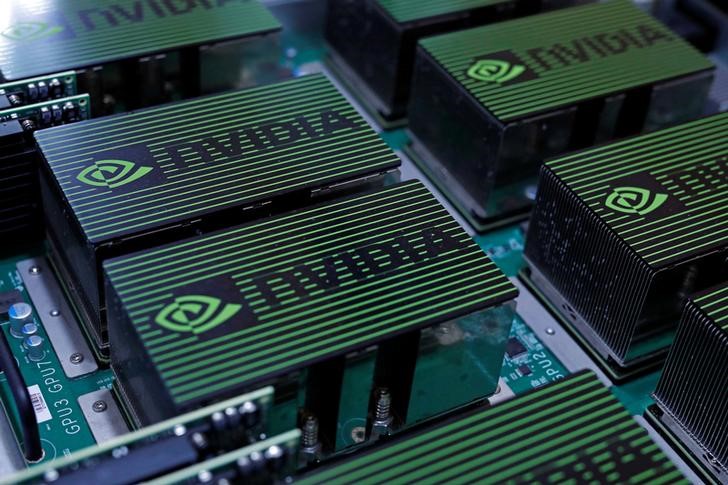Street Calls of the Week
Investing.com -- Intel’s pact with Nvidia is being welcomed by investors, but Stifel analysts caution that the deal stops short of guaranteeing a near-term lift in chipmaking capital spending.
Nvidia has committed $5 billion to Intel, becoming one of its largest shareholders with a roughly 4% stake. The move triggered a 22.8% jump in Intel shares and signaled fresh confidence in a company that has struggled to execute a turnaround in recent years.
Shares of semi equipment suppliers rose after the two companies announced plans to co-develop new products across the hyperscale data center and PC markets.
The agreement, however, does not include a foundry supply arrangement, meaning Nvidia will not be relying on Intel’s manufacturing arm to produce its GPUs.
Stifel noted that “there is no wafer supply agreement in place,” making it uncertain that the deal “instills a higher floor” on Intel’s capex in 2026. Intel had already signaled that its capital spending would decline in 2026.
The chipmaker has historically represented 15–20% of industry investment, though its share has been trending lower.
Analysts continue to view Intel as a headwind for wafer fab equipment spending in 2026, even as it models total advanced logic and foundry investment to rise mid-single digits next year on increased capacity additions at TSMC, Samsung and Japan’s Rapidus.
It is also not yet clear when the new platforms in the datacenter and PC markets will be commercialized, adding another layer of uncertainty for suppliers looking for timing on revenue uplift.
Where suppliers may see more tangible benefits is in advanced packaging and test equipment, analysts said. Nvidia’s move to integrate its GPU tiles into Intel’s chiplet-based PC platforms signals higher packaging complexity, with implications for testing intensity.
Stifel highlighted FormFactor as a potential beneficiary, given Intel has historically accounted for more than 10% of its revenue and chiplet-based designs are expected to be an important driver in edge-AI markets like PCs.
The analysts added that Intel remaining relevant in advanced packaging or wafer fabrication is broadly positive for the supply chain, since only a narrow group of customers drive the roadmap in these technologies.
Nvidia and Intel kept financial details under wraps, but said they plan to develop “multiple generations” of upcoming products together.
